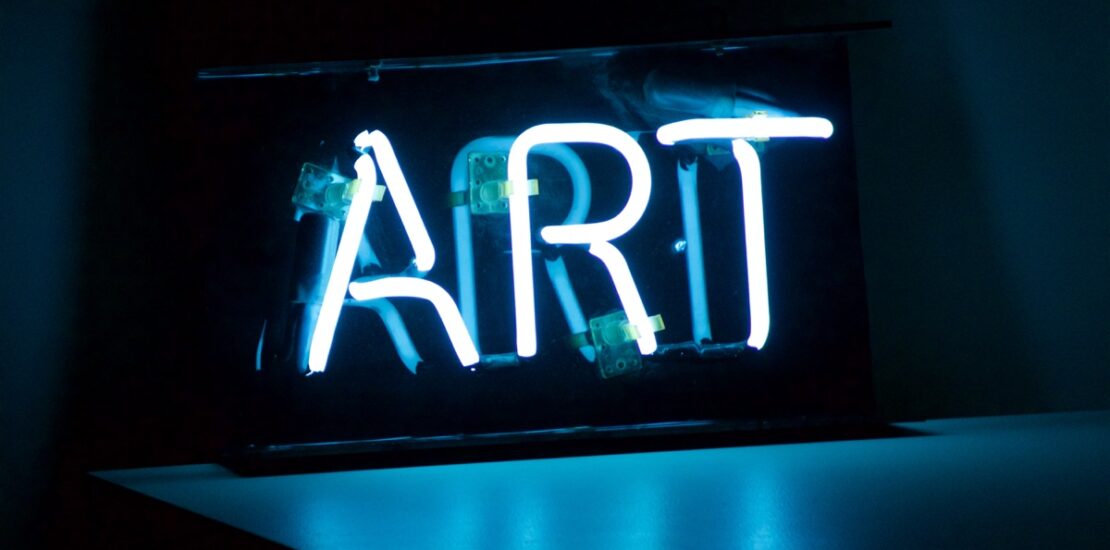Japan is renowned for art which showcases its rich history and traditional culture in the form of ukiyo-e paintings, woodblock prints, calligraphy, and ceramics. But where can we find alternatives?

Although it is 2023, Tokyo is still considered very conservative with regards to social and cultural norms. However, with over 14 million residents it is inevitable that a whole other world of subcultures exists, and in recent years more underground art has dominated the scene, with manga and comics adding to its cultural heritage. Tokyo’s art scene is now being viewed as a celebration or rejection of tradition. And if you’re anything like me, you’ll love nothing better than to delve into unconventional spaces and discover what lies beneath the surface. Let’s explore!

NANZUKA – Shibuya-ku
Nanzuka, spans over 3 galleries in Tokyo with an additional gallery in Hong
Kong. 2G in Shibuya Parco, 3110NZ by LDH kitchen in Meguro and its most popular gallery Nanzuka in…you guessed it, Harajuku. Nanzuka is a must-see gallery. It’s clean and minimal, yet edgy space will leave you feeling in awe. Do not miss the second floor, which brings even more surprises and is accessed by a hidden elevator. Nanzuka usually only holds solo exhibitions, creating an entire world for artists concepts. As well as showcasing new and evolving Japanese talent, Nanzuka also collaborates with international galleries and established artists. The gallery has worked with many Japanese icons and their art including Keiichi TANAAMI and Hajime Sorayama, while also supporting international artists such as Joakim Ojanen.

Calm and Punk Gallery – Minato-ku
Calm and Punk is a gallery I discovered more recently in the outskirts of Roppongi. The juxtaposed name already gives an insight into the types of displayed works. The curators of this gallery value innovation as well as intertwining high and low culture which reflects its name. Calm and Punk also work with emerging Japanese talent. Intriguingly, in 1996 Calm and Punk started publishing ‘GASBOOK’, a whole book where selected artists take the reins of writing an issue. Mostly famously, Yuni Yoshida, known for her big advertisement campaigns presented her works from 2007-2019.

3. Kaikai Kiki Gallery, Minato-ku
Meaning ‘brave and serious’, Kaikai Kiki was re-popularized by the eccentric icon Takashi Murakami. Originally written by author Kano Eitoku, Kaikai Kiki has since turned into an artist collective. After its success, the collective opened a gallery space which later evolved to Motoazabu. The gallery has achieved milestones in the fashion world collaborating with designers such as VERDY and the late Virgol Abloh. It became a space for big name international brands to collaborate and serve their work. It has since flourished into a culture of Japanese artists interacting with foreign concepts and vice versa.

4. Gallery COMMON, Shibuya-ku
Gallery COMMON’s mission is to bridge the street culture born in Harajuku between Japanese and international artists, bringing them together to creative art that audiences can enjoy together as one. The concept of this gallery is by far one of my personal favourites – they do not disappoint. Think youth culture, think fashion, think trends, and there you have Galley COMMON. If you’re into exhibits such as Waku’s exploration of neon lights or Joe Cruz’s wacky contemporaries, then this innovative gallery is one for you!

5. TERRADA ART COMPLEX, Shinagawa-ku
When it comes to size, look no further than the TERRADA ART COMPLEX, known to be the “largest art complex in Japan”. Situated in the urbanised Tennozu Isle, this gallery was once an industrial warehouse. Yet is now a stunningly converted complex divided into TERRADA ART COMPLEX I and TERRADA ART COMPLEX II. With a total of 17 rooms, you can spend the entire day getting lost in this one-of-a-kind sanctuary. TERRADA displays a variety of alternative art, all simultaneously on display reflecting the bustle of the gallery. Interestingly, the gallery contains an upstairs atelier where artists can gather in a communal space to exchange ideas. Art is also dotted around the island facilities, make sure you don’t miss the murals!
Each gallery has their own unique space to foster unconventional subcultures combined with international elements. I hope you get a chance to visit the listed galleries, however, I’m certain there’s many more to be discovered!



